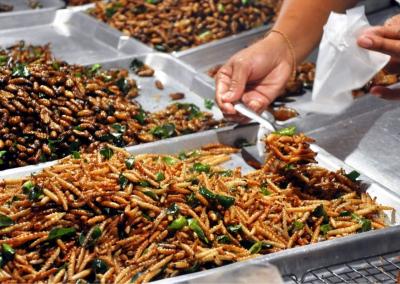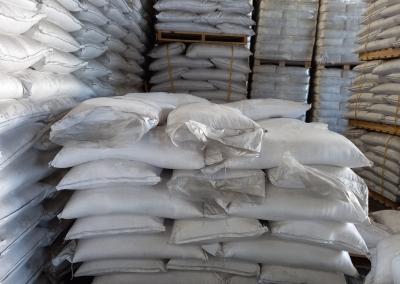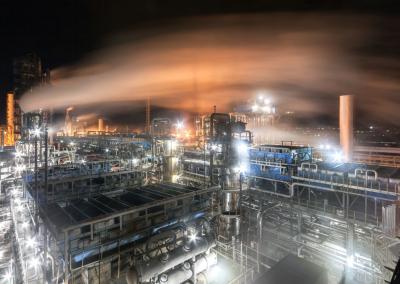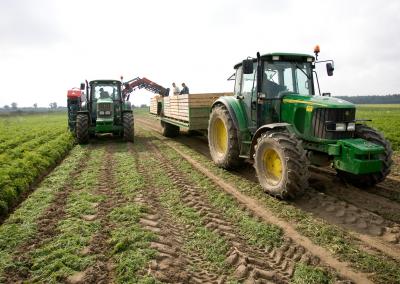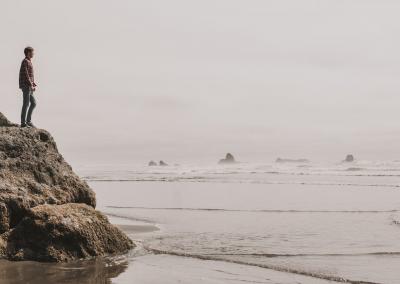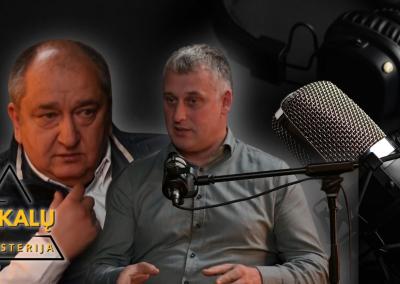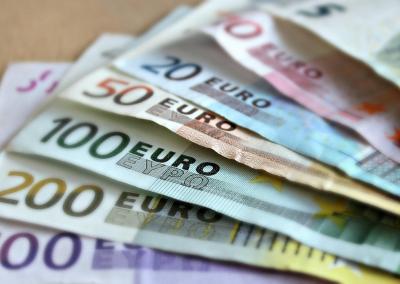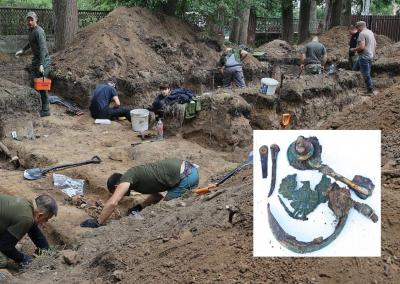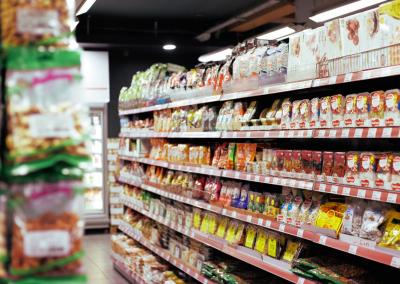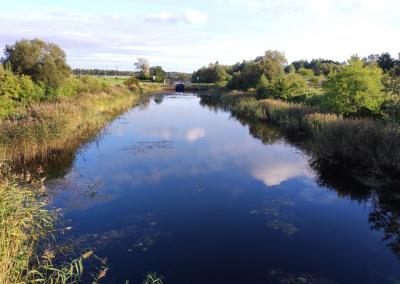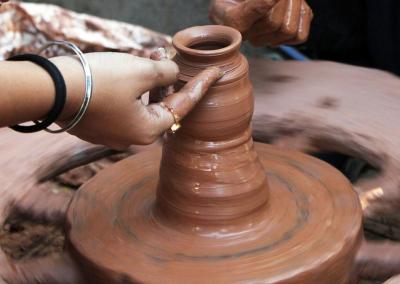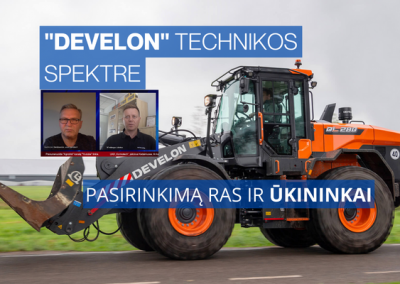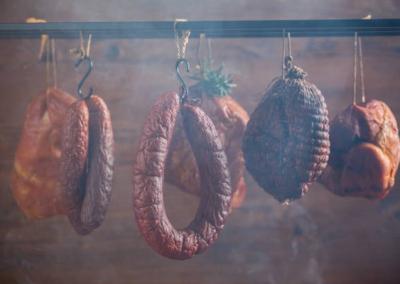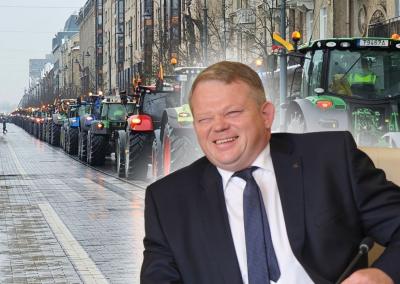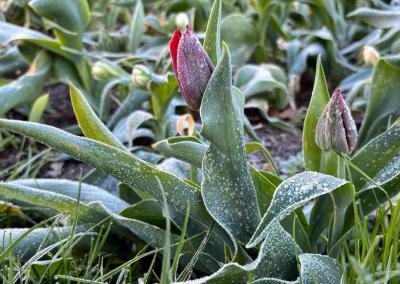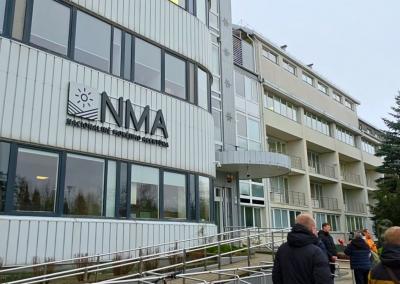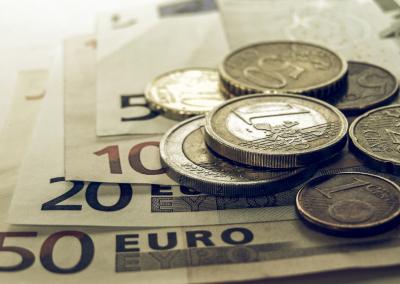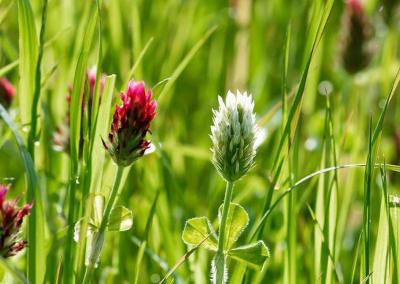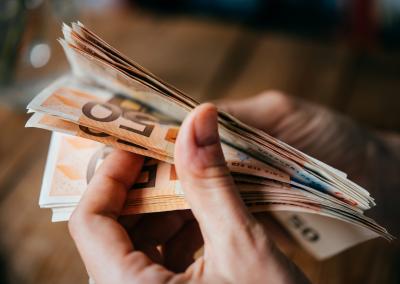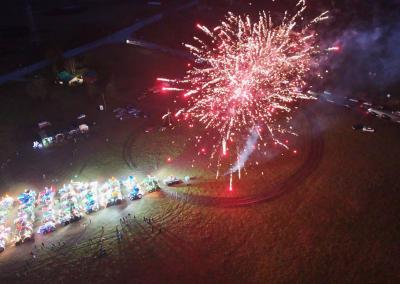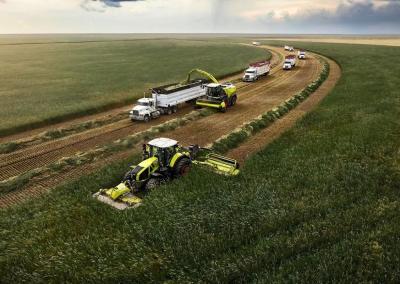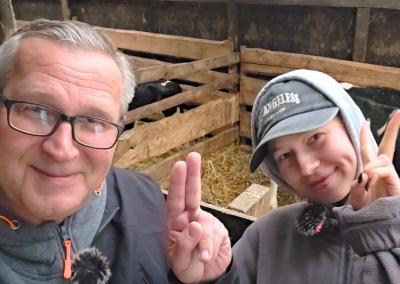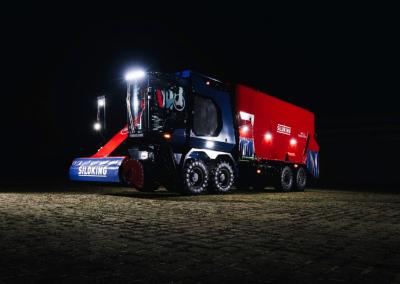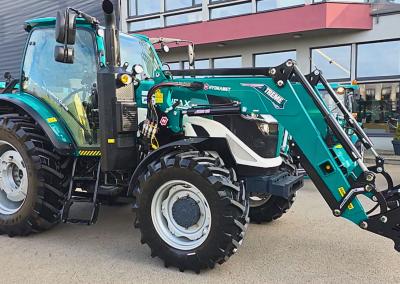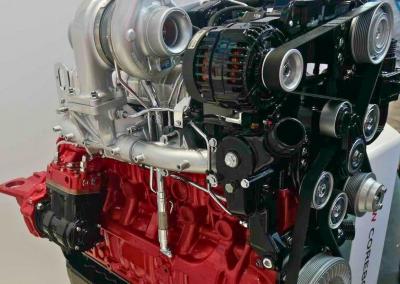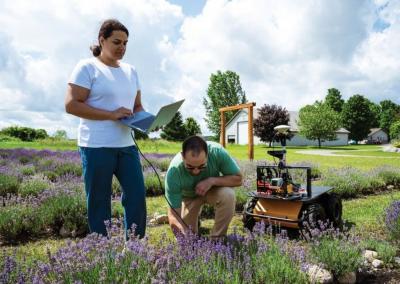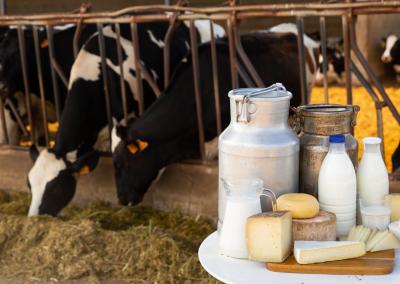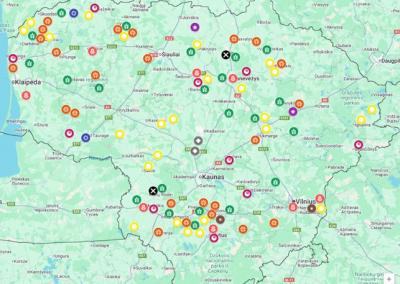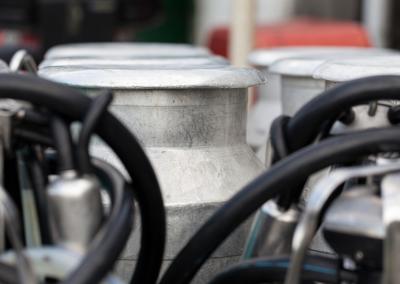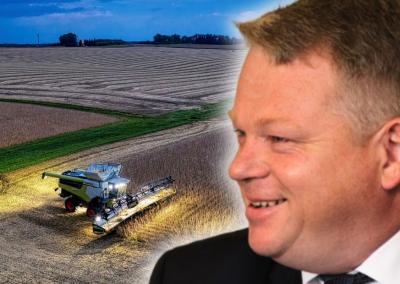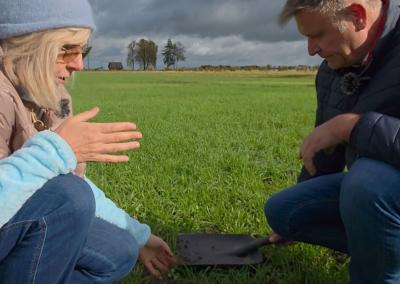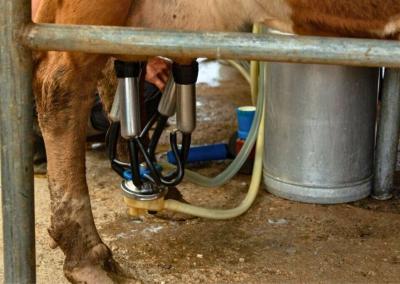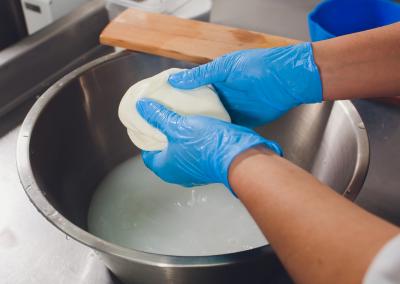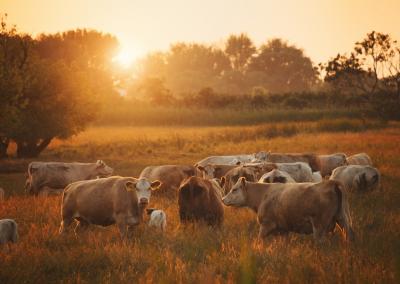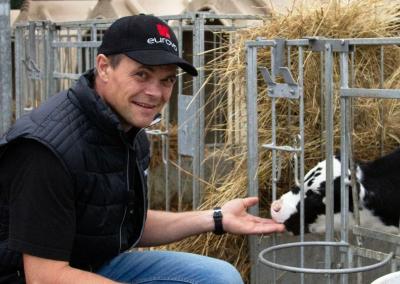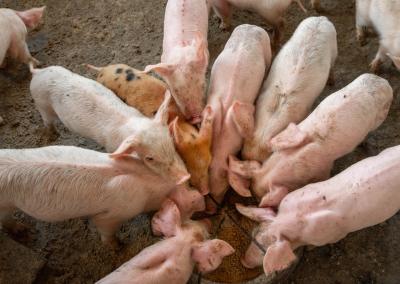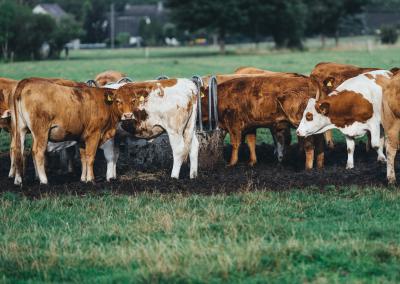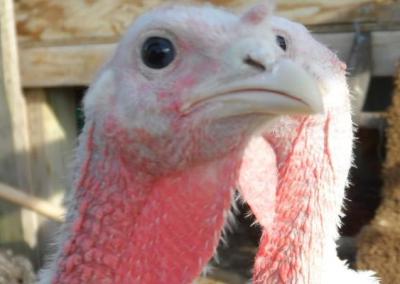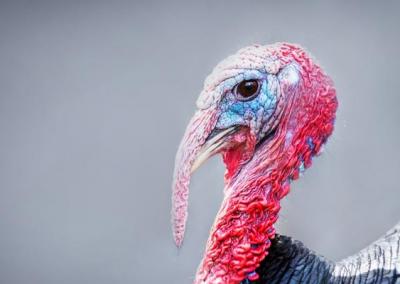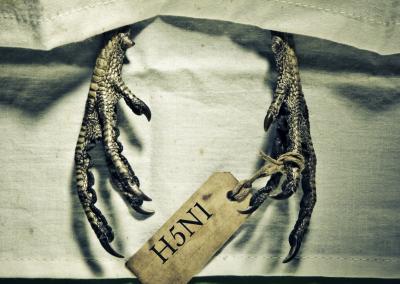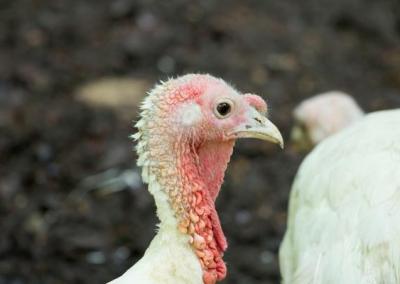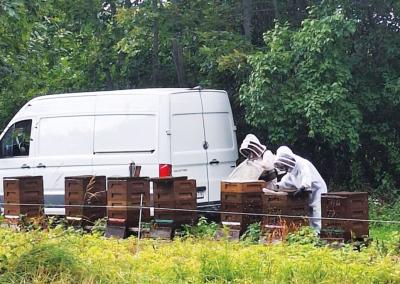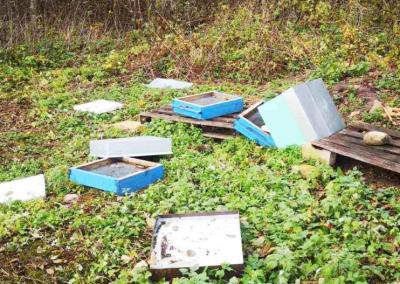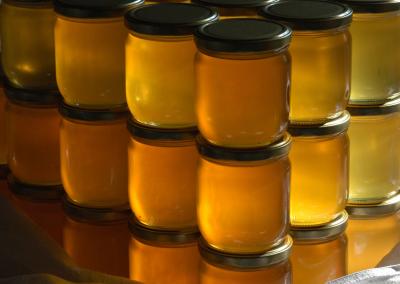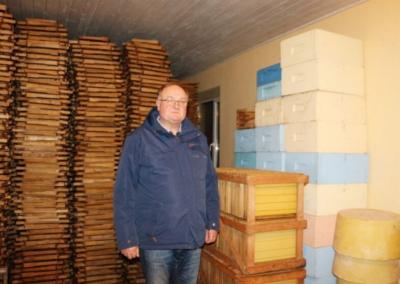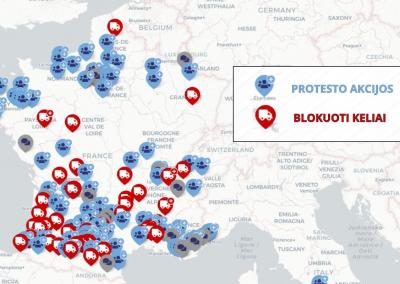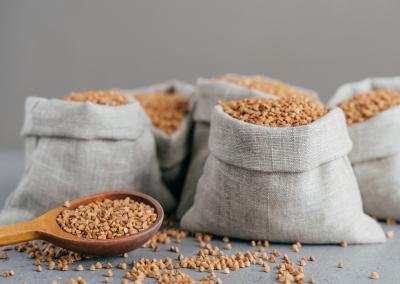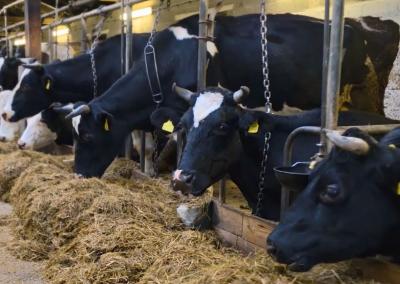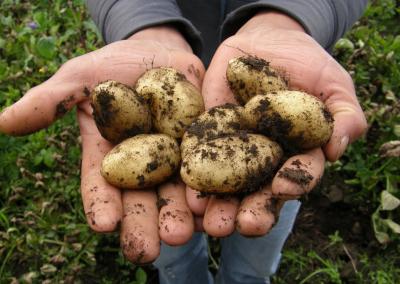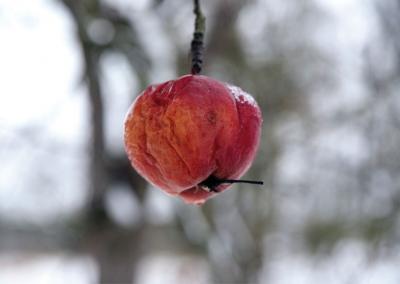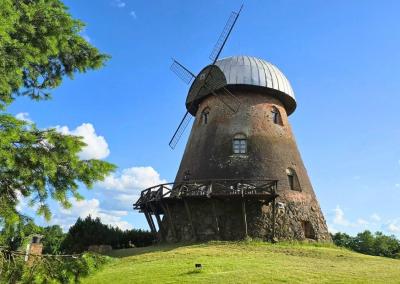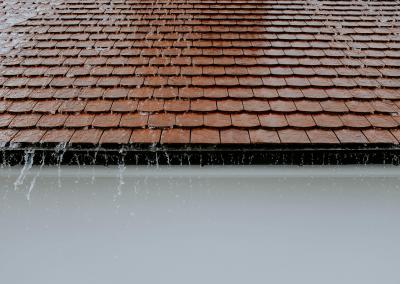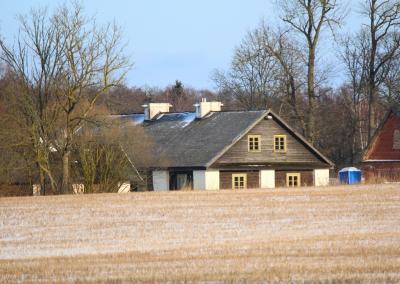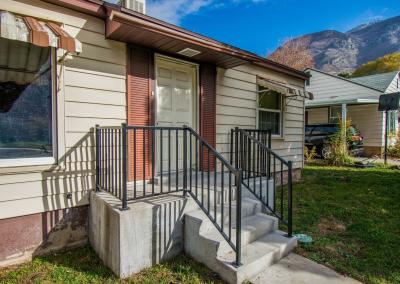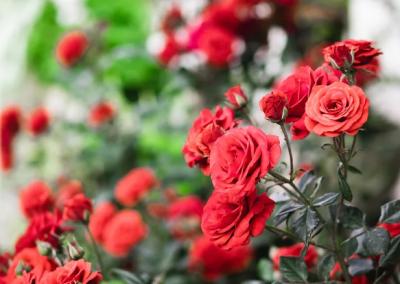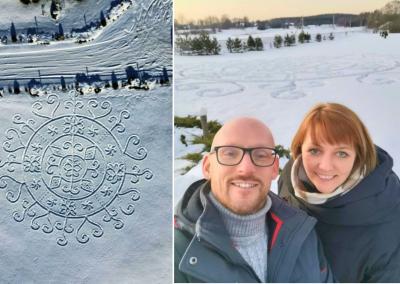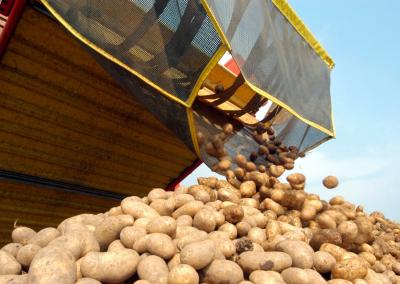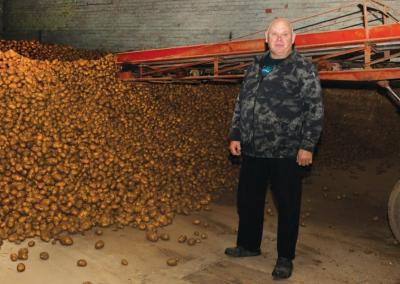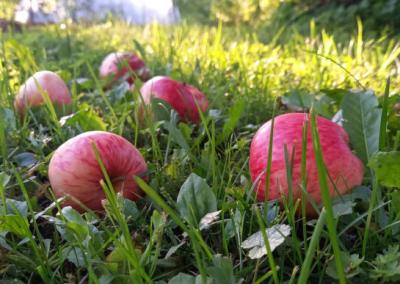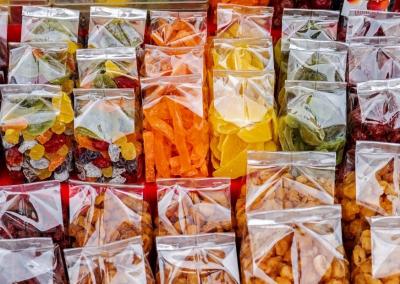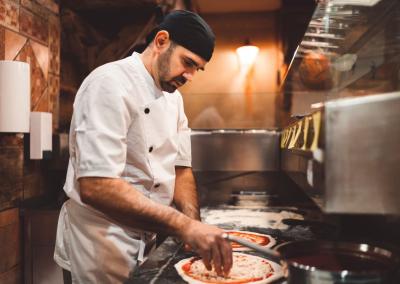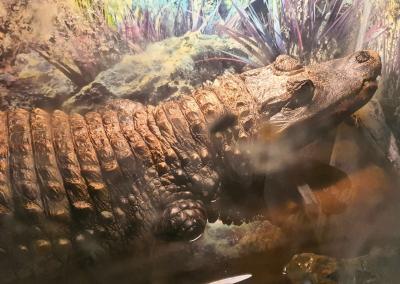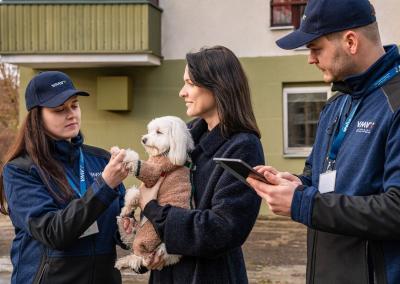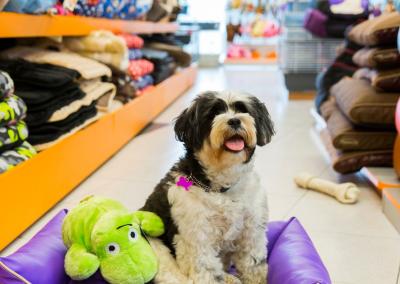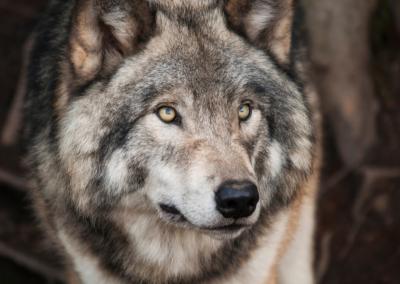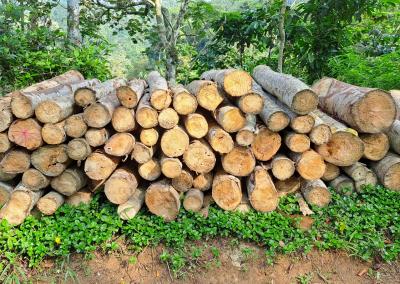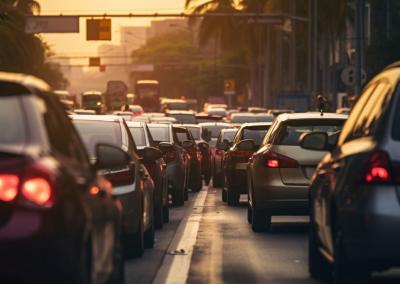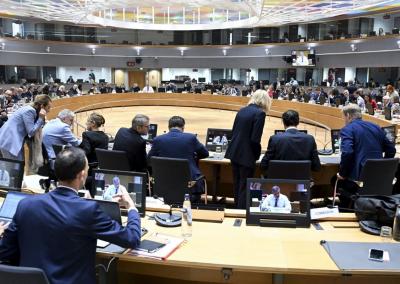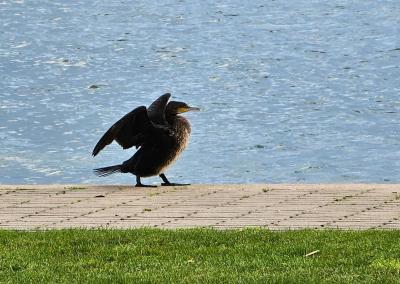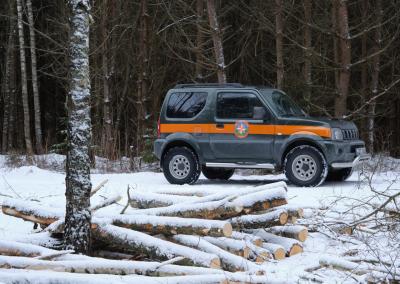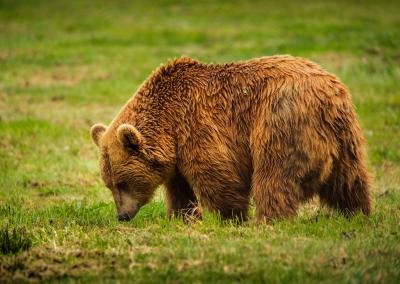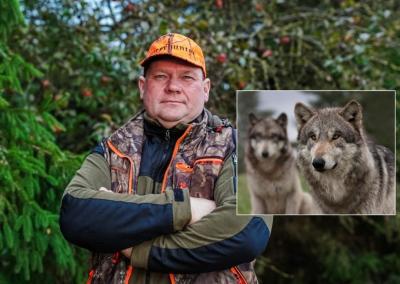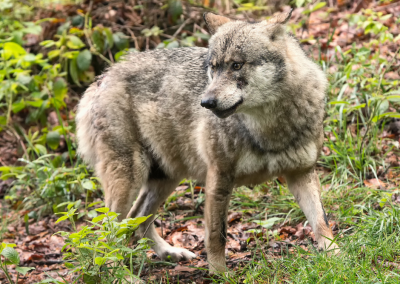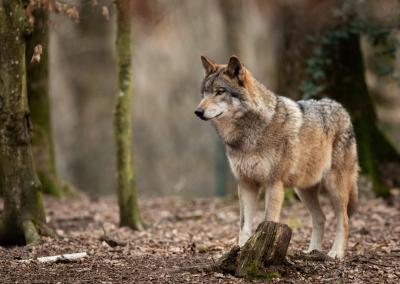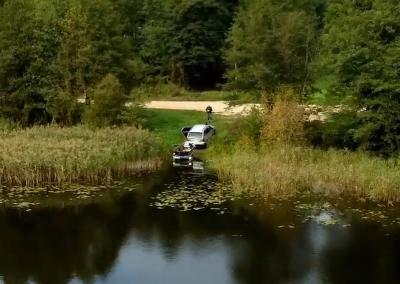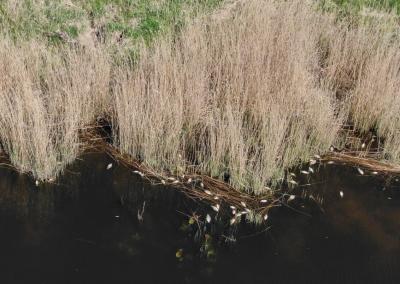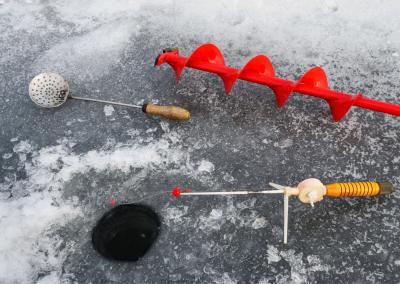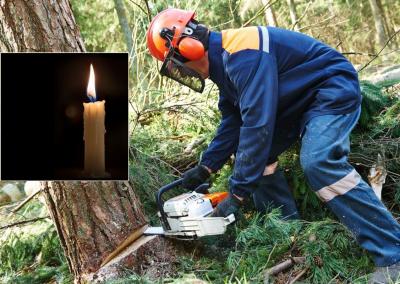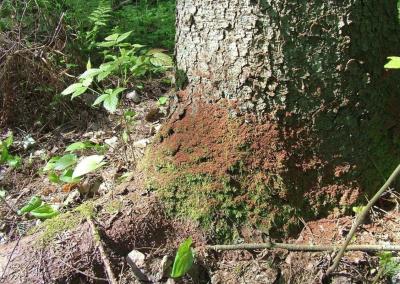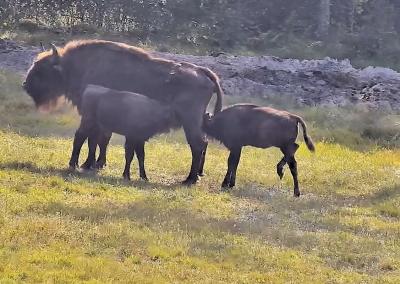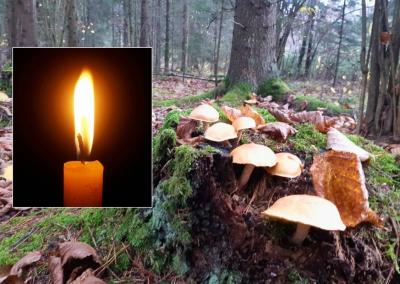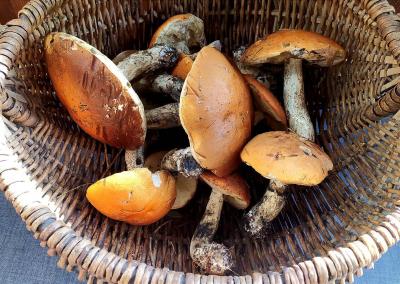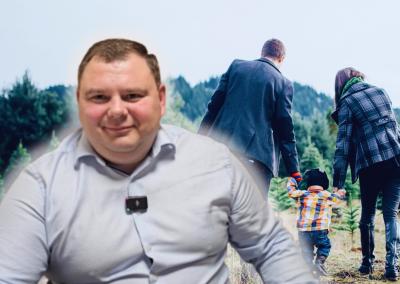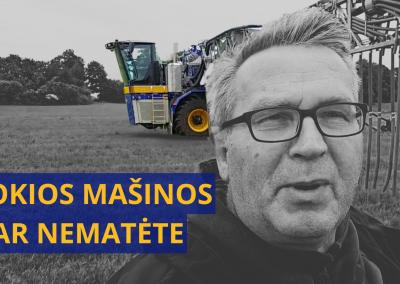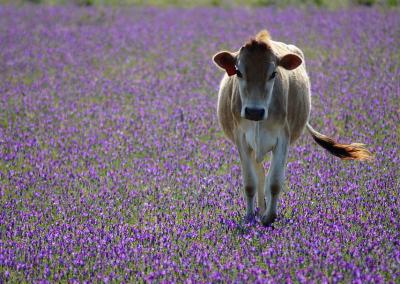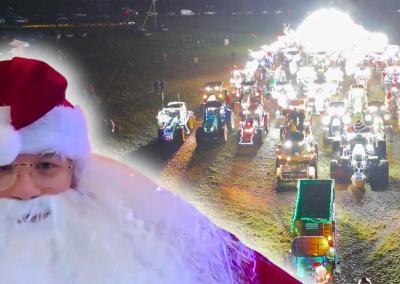The biggest family farm is popping champagne! Lithuanian farms start rapid development of biogas plants (VIDEO)
It's unbelievable, but it's a fact – within a year, like mushrooms after a rain, biogas plants have started to sprout on Lithuanian farms. On 13 March, the Belgian company inaugurated the most powerful plant in the Baltics so far, which took place on the farm of Aidas and Dalia Kairaičis in the municipality of Kazlų Rūda, which is considered to be the largest family dairy farm in Lithuania.
Three in oneMinister of Agriculture Ignas Hofmanas also attended the opening ceremony and warmly welcomed the farm of Aidas and Dalia Kairaičis. There is more than one reason. In addition to the power plant, the farm's energy production chain was closed by the newly built and so far the most efficient manure separation-pasteurisation station „BRU 2000“ manufactured by the Austrian company BAUER FAN, as well as by the BAUER manure separation system „S855GB“.
The innovation is not only about a complete on-farm solution for manure and slurry management, but also about the fact that everything can be controlled simply by phone.
„Everything can be controlled from anywhere in the world“, said Ugnius Stančiauskas, Director of UAB „interAG“, as he demonstrated how probably the most important equipment on the farm switches on and off. It is the first such powerful facility in the Baltic States and Eastern Europe in general.
In Poland, for example, there are over 100 less powerful „Biolectric“ biogas plants.
But „interAG“ is the official „Biolectric“ representative in Lithuania, with a mobile service desk in case a farm needs help. In Lithuania, 4 „Biolectric“ power plants have been installed in a year. At Kairaičiai Farm, it took only 9 months from idea to realisation.
Opens unlimited possibilities
A. and D. Kairaičis farm is the largest family dairy farm in Lithuania, with over 1 000 cows. On the day of the ceremony, 885 cows were milked. The farm produces a large amount of manure, with about 28-29 tonnes of milk per day.
The "Biolectric" plant alone processes around 50 cubic metres of manure per day, turning it into odourless digestate.
A 1 200 cubic metre tank stores methane gas to drive two internal combustion engines, while two 37-kilowatt generators, which also act as starters for the internal combustion engines, produce 74 kWh of electricity per hour, or around 1 800 kWh of electricity per day. The annual electricity generation is about 660 000 kWh.
„And that's just the microgeneration plant. It's not a megawatt or 1.5 MW plant," said U. Stančiauskas, describing the possibilities of „Biolectric“.
According to Minister of Agriculture I. Hofmann, livestock farming is a truly demanding occupation that runs around the clock. "That is why the people who are engaged in this activity deserve the greatest respect. And the opening of the biogas plant shows that the farm is very advanced, not only in terms of agricultural production, but also in terms of producing green energy from secondary animal waste," said Mr Hofman.
Simpler than simpleThe biogas plant is powered by liquid manure, which flows from the farms into a pit with a capacity of around 100 cubic metres, where two BAUER mixers stir it up (and if anything should happen to the mixers, they can be moved out of the pit using a special crane).
The liquid manure is then fed via pipelines via BAUER pumps into the reactor-reservoir of the biogas plant. The liquid manure is heated to a temperature of 43 degrees Celsius. While it is „souring“, i.e. fermenting, biogas is produced, which undergoes several stages of cooling, purification through carbon filters and cleaning of the biogas from sulphur compounds, resulting in 50-60% biomethane, which is then used in internal combustion engines.
Among other things, the CHP system also produces heat, some of which is used to heat the bioreactor and some of which is consumed on the farm. In the case of Kairaitis, a large hangar is fully heated for repairs and other necessary work, as well as a large cow milking area.The technology behind the operation of a biogas plant is so simple that even with no special knowledge it is easy to understand how it works.
All the equipment (both the biogas plant and the separation plant) can be operated simply by phone. For example, the biogas plant has over 200 sensors and detectors that reflect the operation of the individual units.
„You can immediately receive information about errors or other important events by SMS or email“, – U. Stančiauskas demonstrated the operation of the phone application.
All waste is recycled
Interestingly, most of the manure produced on the farm of Aidas and Dalia Kairaičis is recycled into high quality bedding for bedding.
„While about one third of the 150 cubic metres of manure produced on the farm per day is used by the „Biolectric“ biogas plant, the majority, or 100 cubic metres of manure per day, is used by the „Biolectric“ biogas power plant. The bulk of the manure is processed in the „BRU 2000“ manure separation-pasteurization station, which is so far the most efficient system of its kind in Lithuania“, says Ugnius Stančiauskas, director of „interAG“ UAB.
The litter produced by the „BRU 2000“ system is considered to be the most environmentally friendly and bacteria-free, as the system not only separates the manure, but also pasteurises it to a temperature of 60-70 degrees. It retains about 30% moisture.
" For high-yielding, fresh cows in particular, this kind of bedding, which is up to 99% pathogen-free, is very important, especially immediately after milking," explains U. Stančiauskas. The cleaner and more sterile the bedding, the fewer problems we have with the cow's health.
Another innovation installed at the Kairaičiai „energy complex“ is the BAUER manure separation system „S855GB“. It receives digestate from the reactor tank of the „Biolectric“ biogas plant. It is here that the „spent“ manure digestate is separated and converted into litter to a temperature of around 43 degrees by means of a separator. This litter is used to crack the bedding of insensitive livestock such as growing calves. These three technologies thus complete the chain to full recycling.
BAUER manure separation system „S855GB“
In a compact complex, the BAUER manure separation system „S855GB“ is installed in one of the containers and is equipped with digestate separation technology. The digestate is fed from the reactor tank of the „Biolectric“ biogas plant.
The digestate from the biogas plant is first fed into a storage pit next to the biogas plant, which is also equipped with mixers. The pump is also controlled remotely when it is necessary to separate the digestate.
„It is here that we separate the digestate from the manure, which is processed into litter to a temperature of around 43 degrees by means of a separator. This litter is used to crack the bedding of insensitive cattle, such as full-grown calves," said Ugnius Stančiauskas, director of UAB „interAG“, adding that farms that do not have separator-pasteurisation technology can do well with separated manure alone to crack the bedding.
„This is one of the most powerful separators made by Austrian manufacturer BAUER, with a capacity of up to 25 cubic metres per hour, depending on the mass to be separated, The separator consists of two chambers called sieves. These are the chambers into which the liquid manure flows. The solid fraction falls down into a container under the separator container, eventually forming a litter cone, and the liquid manure remaining after separation flows through pipes into a well, from which it is transported by pumps to a manure/slurry tank or lagoon. If the separator is unable to process the manure, the excess is also piped back to the main manure/slurry pit. „The process repeats until all the manure and its digestate is processed," explains U. Stančiauskas, who concludes that the separator helps the farm to produce quality bedding, solve the odour problem, reduce methane emissions, and dispose of or incorporate the residue of the recycled manure into the field by means of slurry wagons. „Importantly, fermented manure is absorbed into the soil 4 times faster than ordinary, unprocessed manure“, adds U. Stančiauskas, the manager of UAB „interAG“. UAB „interAG“ specializes in the distribution of manure and slurry management technologies and is the official representative of the Belgian company „Biolectric“ as well as of the Austrian company BAUER in Lithuania. For more information about these technologies, please contact UAB „interAG“ telephone +370 672 82677 or email info@interag.lt. ![]()

